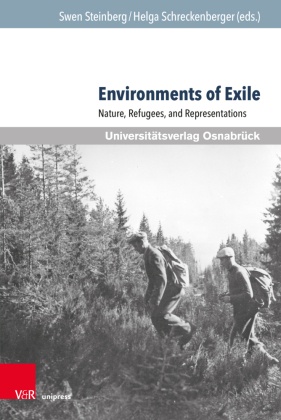Environments of Exile - Nature, Refugees, and Representations
| Verlag | V&R unipress |
| Auflage | 2024 |
| Seiten | 200 |
| Format | 16,2 x 1,6 x 23,9 cm |
| Gewicht | 418 g |
| Artikeltyp | Englisches Buch |
| Reihe | Schriften des Erich Maria Remarque-Archivs Band 036 |
| ISBN-10 | 3847116940 |
| EAN | 9783847116943 |
| Bestell-Nr | 84711694A |
Forced migration always takes place within specific cultural, social, political, and spatial environments. This volume focuses on the interaction between those forced to migrate and their environments in the contexts of escape and exile from Nazi-occupied Europe.
How do Natural Environments impact Success or Failure of Migration?
Forced migration always takes place within specific cultural, social, political, and spatial environments. This volume focuses on the interaction between those forced to migrate and their environments in the contexts of escape and exile from Nazi-occupied Europe. Forced emigration from Nazi Germany was a global phenomenon that took refugees to regions they often knew very little about. Not only did they have to adapt to foreign cultures, but also to unfamiliar natural environments that often exposed them to severe temperature conditions, droughts, rainy seasons, and diseases. While some refugees prepared for the natural conditions of their exile destination, others acquired environmental knowledge at their host countries or were able to adapt prior knowledge to the new environment. Consequently, specific knowledge about the environment had a large influence on the forced migration experience.

